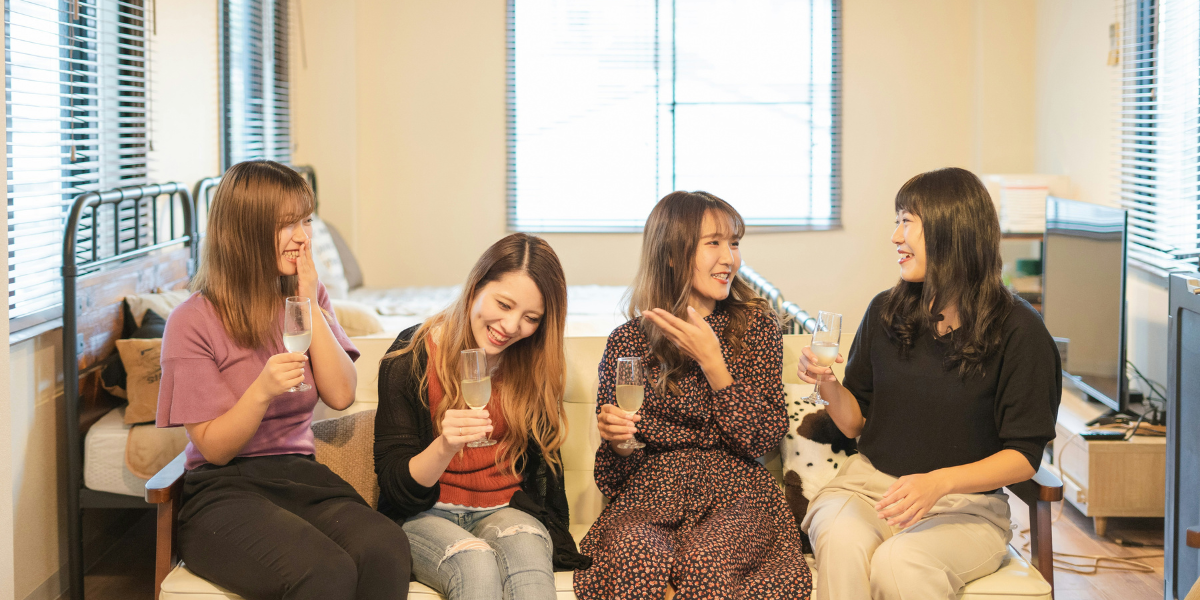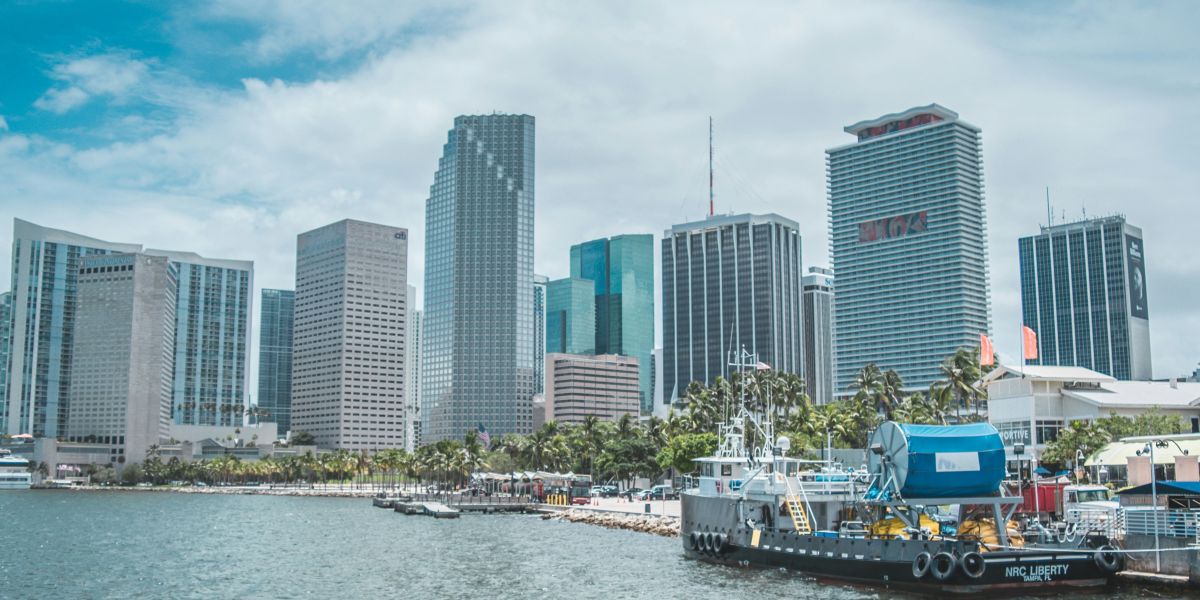Think of a language as a window into a culture. Indigenous languages hold centuries of wisdom, passed down through generations. It’s knowledge about the natural world – how to read the changing seasons, use medicinal plants, live in balance with the land. It’s also a way of storytelling that carries ancient myths, creation stories, and values central to a people’s identity.
Losing a language is like having that window slam shut. An entire worldview begins to fade. “Imagine not being able to describe the world in the way your ancestors did,” reflects a Native American linguist. “It’s a profound loss, cutting you off from a part of yourself.” Native communities aren’t just mourning lost words; they’re mourning a diminished understanding of their past, an erosion of their unique identity.
But resilience runs deep. The language revitalization movement is a testament to the unwavering determination of Native American communities. From elders painstakingly documenting their knowledge to kids embracing ancestral songs as their own, it’s a fight to reclaim what was stolen. “Each fluent speaker we create is a victory,” says a young woman leading a language revitalization project in her community. “It’s proof that our culture is here to stay, our ancestors’ voices will continue to be heard.”
The loss of Native American languages is a deep wound rooted in a history of forced assimilation and the suppression of Indigenous cultures. Boarding schools, where children were punished for speaking their native tongue, were a devastating tool in this process. “Our language was beaten out of our grandparents’ generation,” says a tribal elder. “That pain still echoes today.”
The result is staggering. Of the estimated 500 Native American languages once spoken in North America, many have completely vanished, and many more are hanging on by a thread. But Native American communities refuse to let those final whispers fade.
Preserving a language isn’t just about saving vocabulary; it’s about safeguarding a culture. Language is a living archive, carrying stories passed down through generations, traditional ecological knowledge, and a way of understanding the world that is unique. “Our language is who we are,” says a young Native language activist. “It connects us to our ancestors and the land. To lose it would be losing part of our soul.”
Language revitalization efforts take many forms. Immersion schools, where children learn throughout the day in their Native language, are on the rise. Elders are collaborating with linguists to create dictionaries and teaching resources. Technology is also playing a powerful role, with language learning apps and online resources bringing accessibility and a touch of cool to revitalization efforts.
Reclaiming Identity, One Word at a Time
The impact of language revitalization goes beyond the preservation of linguistic diversity. It’s about healing the wounds of the past and empowering Native American communities. “When a young person learns their ancestral language, it’s like they stand a little taller,” says a teacher at a Native language immersion school. “They learn that their culture is valuable, their voice matters.”
Studies also back this up. Communities involved in language revitalization often see improvements in education, health, and cultural pride. The fight to save Native languages isn’t just about looking back; it’s about building a stronger future.
The road to revitalization isn’t easy. It requires funding, resources, and a sustained commitment over generations. And some losses, sadly, are irreversible. “We’re racing against time,” admits a cultural director of a Native American tribe. “But with every elder who passes on their knowledge, every child who speaks our language, hope grows a little stronger.”
The fight to save Native American languages is a story of determination, reminding us that culture isn’t a relic of the past but a living, evolving force. By supporting language revitalization efforts, we don’t just preserve a piece of history; we invest in a future where the diverse voices of Native American communities are heard loud and clear.








